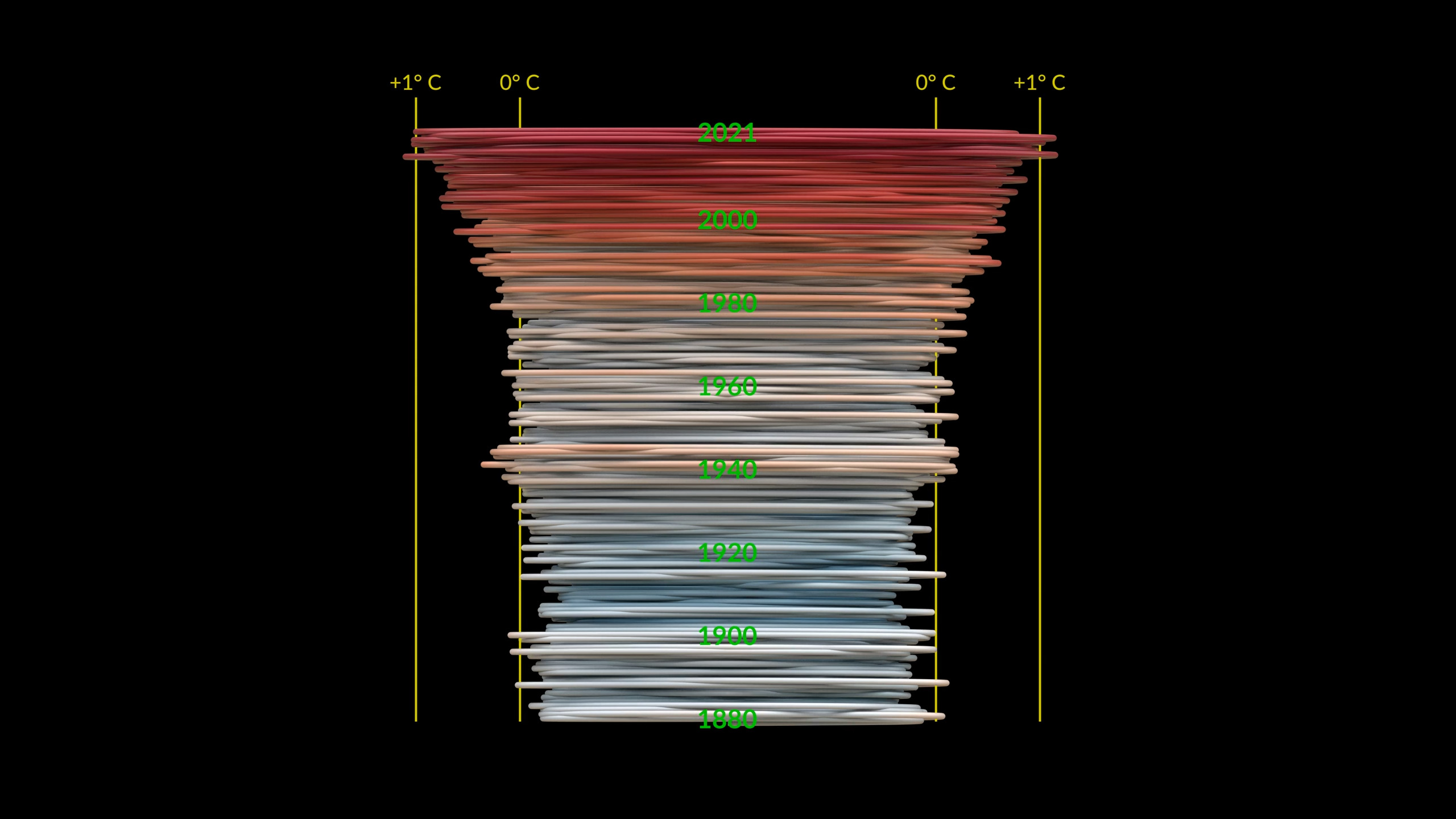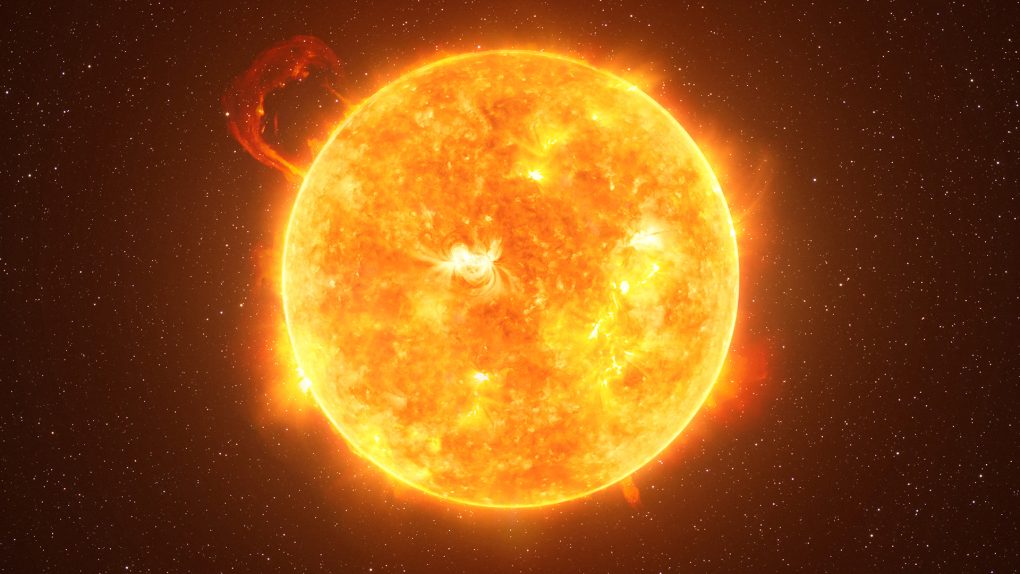A few years ago, scientists proposed a ludicrous idea to help cut down on global temperature changes. The idea was to take planes and spew reflective particles into the Earth’s atmosphere yearly. These particles would then reflect solar light, effectively dimming the Sun. Some think it could help cut down on climate change a lot. But others aren’t quite as convinced.
Is dimming the Sun the answer to climate change?
Climate change is a very real problem. Thawing permafrost continues to open cavernous “mouths to hell,” and even NASA has created images to represent the ongoing temperature changes our planet is seeing. Many have been looking for ways to stop, or at least slow, climate change. And, based on recent reports, it looks like dimming the Sun is back on the list of options.
The Thomson Reuters Foundation posted a new report, as well as a thread on Twitter, talking about the idea. According to Emmi Yonekura, a researcher on the risks of climate “geoengineering.” But, from the sounds of it, Yonekura only sees it as an option if other plans to cut emissions fall short.
That’s because many see the potential of dimming the Sun as too risky. The technology essentially mimics the sky-darkening effect of volcanic eruptions. By doing that, it keeps sunlight from entering Earth’s atmosphere and increasing the global temperature. And it could work, scientists say. But, there are also a large number of risks involved, too.
Unpredictable changes

Battling climate change has become a primary issue for many, including the United Nations. And we have even seen possible ideas from MIT and others to use “space bubbles” to buffer solar light hitting Earth. Countless attempts have been made to cut down on fossil fuels and other potentially hazardous substances.
So where exactly does dimming the sun fit into all of this? Well, the idea first popped up a few years ago. Some studies and outdoor tests began on the tech, but ultimately it was shot down by those concerned with the risks it poses. Now, though, it has resurfaced. And that’s because scientists believe that it could hold down global average temperatures.
Those temperatures are steadily increasing. We could see an increase of 1.5 degrees Celsius over the next five years, which could cause catastrophic changes worldwide. Perhaps some of the biggest concerns surrounding solar geoengineering is that it could cause potential shifts in rainfall patterns. This could then lead to increased issues with global hunger.
It’s also possible that solar geoengineering could lead to a rapid and uncontrollable increase in temperature if it were stopped suddenly. And, some worry it would give climate polluters, like fossil fuel companies, a green light to carry on without and change. Dimming the Sun could help hold global temperatures, or it could perhaps doom us all. Sadly, it’s impossible to say which is truer.








